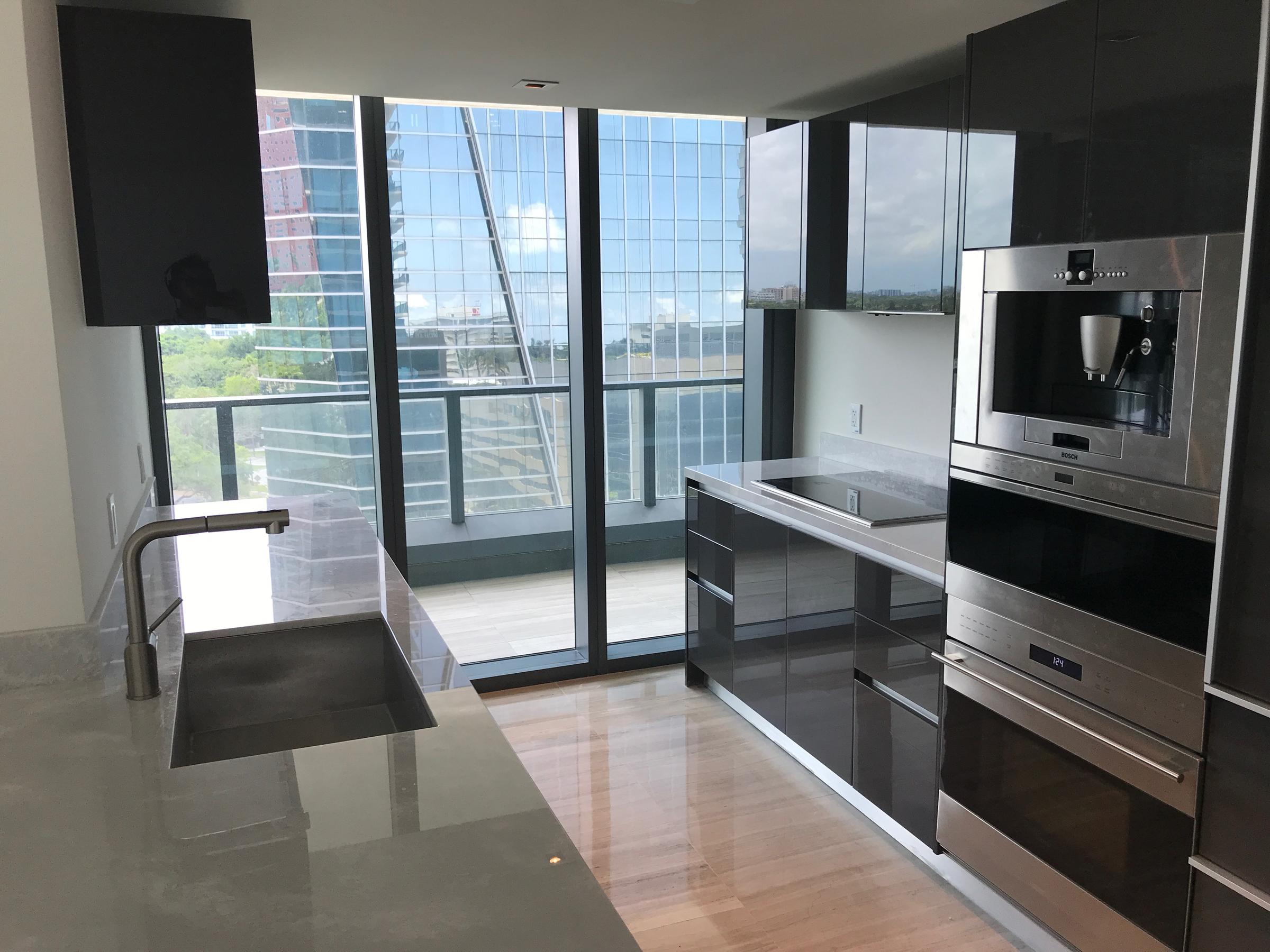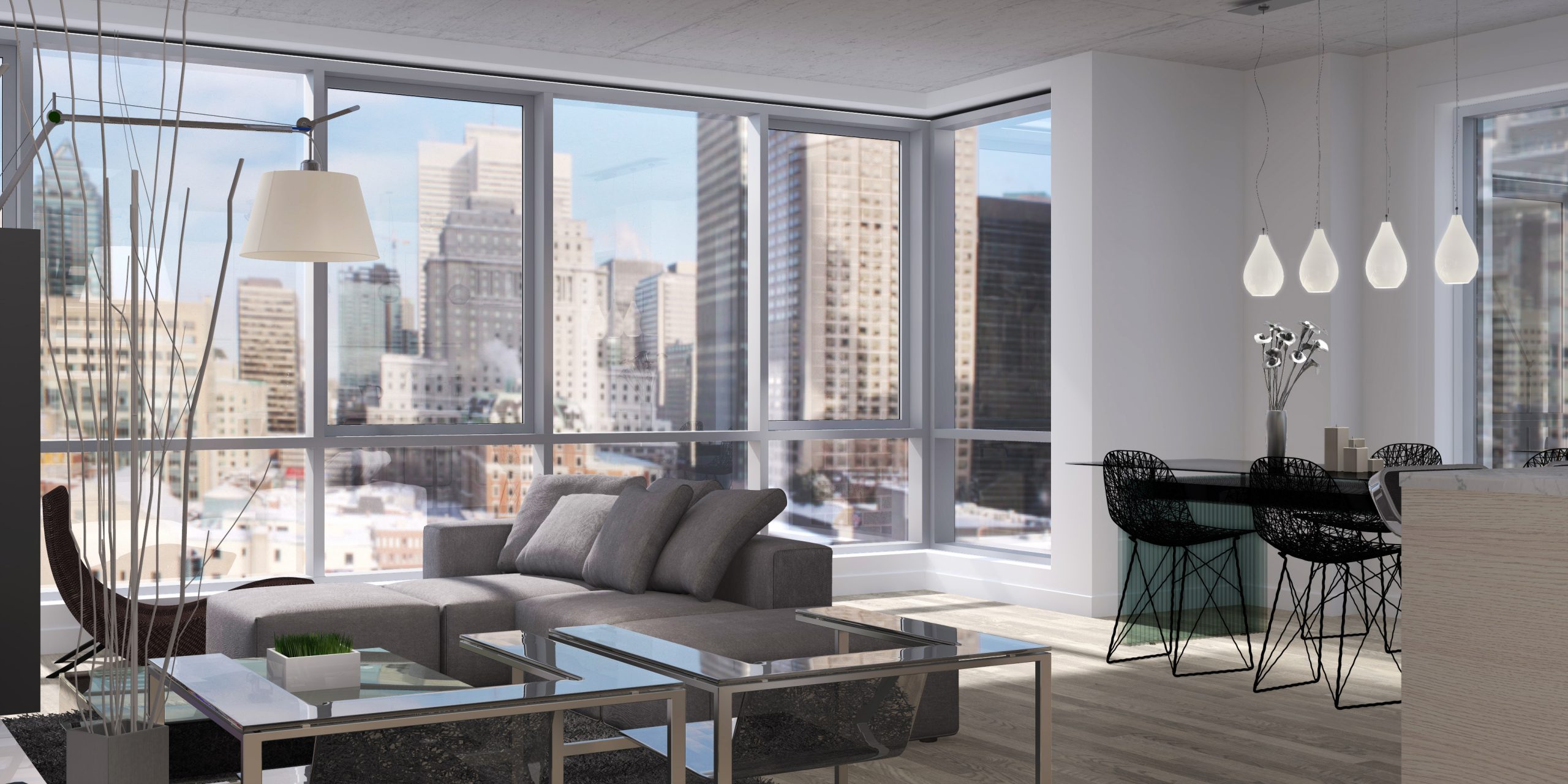Hurricane season is an uncertain time for those living in coastal cities. Even though hurricane’s can be tracked, the storms often change direction or intensity before making landfall. Some of that uncertainty can be alleviated by proper planning before the potential storm hits. If you rent an apartment, however, it can be hard to know how to prepare. What should you do — and what can you do — to protect yourself, your home, and your belongings.
Ask property managers about storm procedures they have in place. Preferably, do this before you move into the apartment. Find out if the windows are storm resistant, for example. Has the complex had damage from other storms? Are residents allowed to board up, or will the complex do this? Does the area flood? Are residents usually subject to mandatory evacuation?

Know if and how you will be able to protect windows. Many lease agreements prohibit tenants from altering the exterior of their apartment. This means that you may not be able to place hurricane shutters or boards over your windows. Usually, this is because apartment complexes do not want holes in the exterior of the building where hurricane shutters attach. Suggest that your complex consider approving a product like Plylox. These small metal clips attach plywood boards to windows without leaving holes in the building or window frame. If you can’t board up yourself, see if the complex will do so in the event of a severe hurricane.
If you live near water, make flood preparations. Chances are that an apartment complex may have plans to sandbag threatened areas, but they my not cover private areas like patios. Always get approval before sandbagging an area yourself. Some areas might be required to remain clear as emergency exits, for example. If you will be providing your own sandbags, know where to go, what you will need, and how much it will cost you before a storm approaches. Some local governments may offer free sandbags, for example.
Locate relative “safe zones” in the apartment. Properties like the Linq condo has several safe zones for their homeowners. This is to ensure the safety of the residents in times of calamity like hurricane. So when finding an apartment, it is important to always consider safety and protection. These may be more limited within the confined space of an apartment than in larger homes. Closets, hallways, bathrooms, and kitchens are possibilities. In the event of a hurricane, these will be the safest places to wait out the storm, so be sure you can access water, batteries, food, etc. from here during the storm. If you evacuate, these will be the safest places to store valuable items you leave behind, even furniture. Just remember the area should be free of windows, and store fragile items off the floor.

Be sure that you carry all necessary insurance. Many renters don’t carry insurance, and those that do, don’t always carry enough, or even the right kind of coverage. You may still need flood or windstorm protection, even if you carry a standard renters’ policy. Because you don’t own the structure, you won’t need that kind of coverage, but you will need to cover contents — that is, your stuff. Remember, while the apartment complex will repair damages, they won’t replace anything personal you may lose.
Above all, be prepared to evacuate, mandatory or not. The fact is, many apparent complexes may restrict what tenants can do to protect their homes. If you can’t board up, for instance, be safe and leave. Protect yourself above all. Know where to go before a hurricane arrives, and leave early to ensue safe travel.